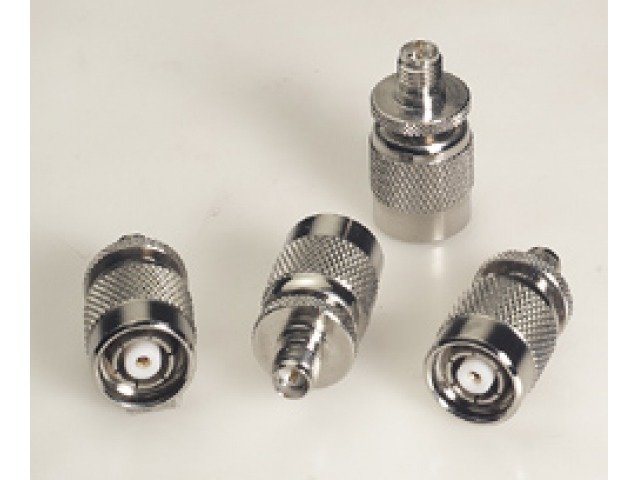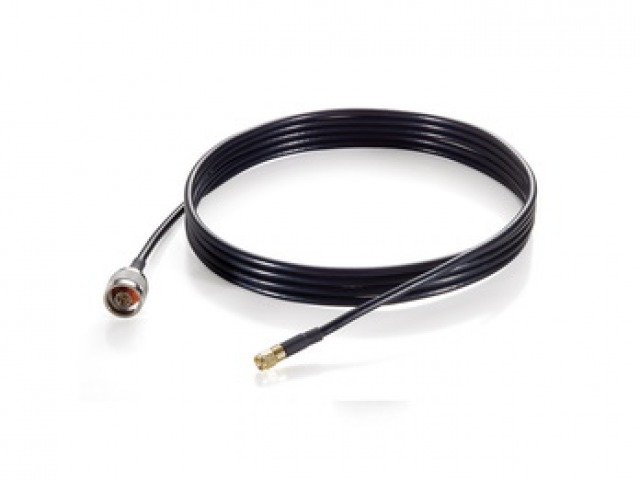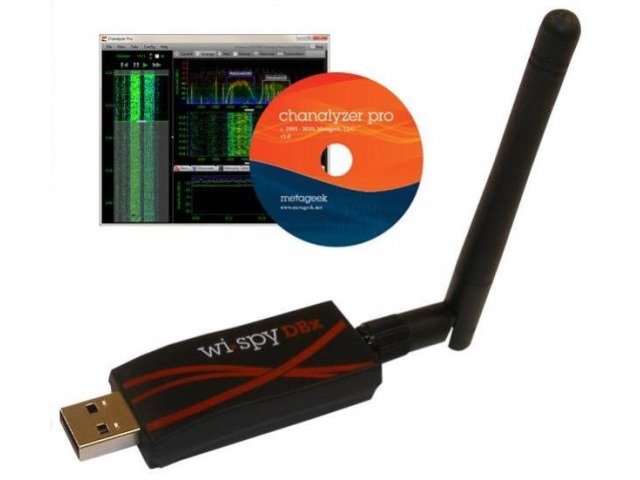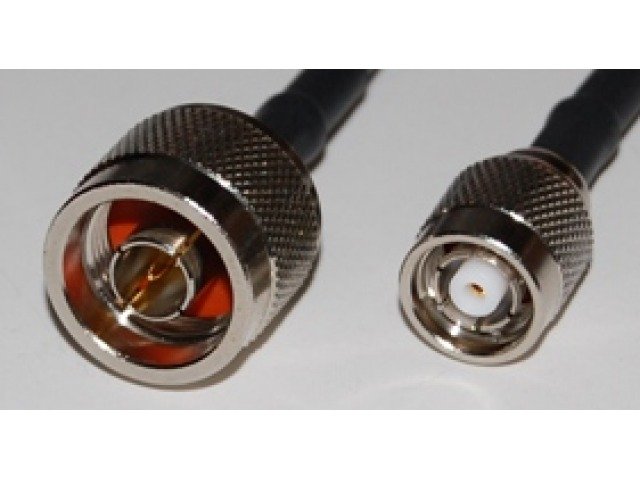DrayTek’s Vigor N65 is a USB Wireless LAN adaptor that works with both 2.4GHz or 5.8GHz wireless networks.
Vigor N65 complies with 64/128-bit WEP, 128-bit WPA standard (TKIP/AES authentication) and MIC, IV Expansion for basic WLAN security. And it supports Shared Key Authentication and IEEE 802.1X for enhanced security.
Consistent with the design objectives of DrayTek’s network solutions, the Vigor N65 can also be used as an accessory for DrayTek’s Vigor AP800 to give dual band capability so the system can run on either the 5.8GHz or 2.4GHz band.
- Dual Band (2.4GHz & 5GHz) to maximize Wireless Network
- Compatible with 802.11n/g/b/a standards
- Supports 64/128-bit WEP, WPA, WPA2 encryption and 802.1x authentication
- Supports WMM
Features
1.Operation Mode
- Ad-hoc Mode and 802.11 Ad-hoc Mode
- Infrastructure Mode
2.Standards
- IEEE 802.11n / g / b / a
3.Frequency Band
- 2.4GHz Band: 2400 ~ 2483.5MHz
- 5GHz Band: 5150 ~ 5825 MHz
4.Modulation Technology
- 802.11n / g / a : BPSK, QPSK, 16QAM, 64QAM with OFDM
- 802.11b : DQPSK, DBPSK, DSSS, and CCK
5.Transmission Rates
- 802.11n : Up to 300 Mbps
- 802.11g :54, 48, 36, 24, 18, 12, 9, 6 Mbps
- 802.11b : 11, 5.5, 2, and 1Mbps
- 803.11a :54, 48, 36, 24, 18, 12, 9, 6 Mbps
6.Security
- Supports 64-bit and 128-bit WEP Encryption
- Supports WPA/WPA2-PSK and WPA/WPA2-EAP
- Supports 802.1x Authentication
7.Transmitter Power
- 802.11n : 13dBm
- 802.11g : 14dBm
- 802.11b : 17dBm
- 802.11a : 12dBm
8.Receiver Sensitivity
- 802.11n : -66dBm (MAX)
- 802.11g : -76dBm (MAX)
- 802.11b : -89dBm (MAX)
- 802.11a : -72dBm (MAX)
9.Antenna Type
- Integrated Antenna
10.Interface Type
- High Speed USB2.0 Interface
11.Temperature
- Operating : 0 C to +40 C
- Storage : –20 C to +60 C
12.Humidity
- 10% to 90% Non-condensing
13.Operation Voltage
- 5VDC +/- 10%
14.Power Consumption
- Max: 500mA, Idle: 110mA
15.Dimensions
- 83 (L) x 26.6 (W) x 9.8 (H) mm
16.OS Support
- Microsoft Windows 2000, XP, Vista, Windows 7
* Actual data throughput will vary according to the network conditions and environmental factors, including volume of network traffic, network overhead and building materials.
* Environment conditions may adversely affect wireless operation distance.









